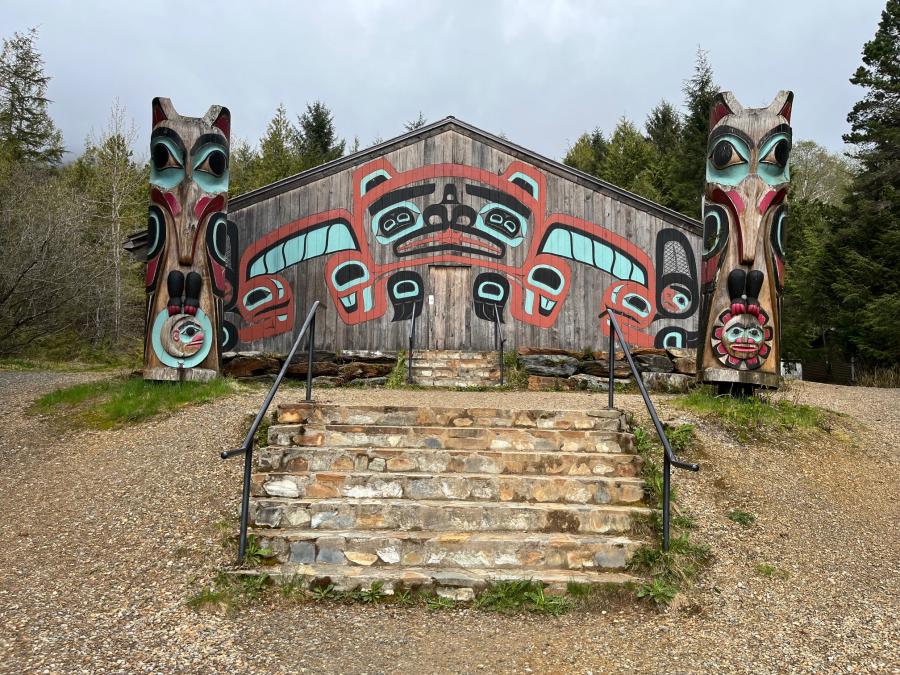
By Linda Ferrer
An estimated 2,000-4,000 protestors including Native Americans, human rights defenders, and Indigenous Peoples rights supporters have gathered since protests began in April, 2016 in Bismarck, North Dakota to demonstrate their opposition to the Dakota Access Pipeline (DAPL). In response, Governor Dalrymple has declared a state of emergency. Standing Rock Sioux Tribe Chairman, Dave Archambault stated, "It's far from illegal or dangerous. There is a lot of people who came to support the cause, and they're doing it in a peaceful manner with prayer." But tensions escalated in August, forcing Energy Transfer, the company building the pipeline, to halt construction in North Dakota. The $3.8 billion, 1,172 mile-long pipeline that once posed a threat to Bismarck’s water supply was moved, now posing a disproportionate threat to the Standing Rock Sioux Tribe’s main water source, the Missouri River. The pipeline also threatens to desecrate the Tribe’s sacred burial grounds and exploit their ancestral lands. The Standing Rock Sioux Tribe is calling upon UN Special Rapporteurs to urge the United States government to respond to the gross human rights and treaty violations that have occurred from the construction of the Dakota Access crude oil pipeline near the Standing Rock Reservation in North Dakota.
The 1868 Ft. Laramie Treaty that was signed between the United States and the Sioux Tribes lays out the terms and conditions to which the United States is obliged. The construction of an extractive project such as the Dakota Access Pipeline by Energy Transfer violates and undermines the integrity of the treaty. Additionally, international human rights standards require that no land acquisition or development project take place without Free, Prior and Informed Consent (FPIC) of the affected Indigenous communities, including the Standing Rock Sioux Tribe of North Dakota. Archambault stated, “We never had the opportunity to express our concerns.” The United Nations Declaration on the Rights of Indigenous Peoples, although non-binding, works to implement these policies into law across the globe. The United States is obligated to uphold their land treatise (1851, 1868) and function responsibly according to international human rights standards, as to not violate any human rights, including those of Indigenous Peoples and human rights defenders. UN Special Rapporteurs must now urge the US to cease arrests and other forms of intimidation, drop any pending lawsuits and legal charges against human and Treaty Rights defenders that have surfaced during demonstrations. The Tribe issued an urgent appeal to the international community:
“For the past few days there has been unidentified air-craft circling the camp and we’ve been surrounded by federal and state police. We believe the elders, women and children present at this peaceful assembly could be under threat and in danger of imminent harm and possible violence from state and federal police (including Homeland Security) as well as private security. The Governor of North Dakota has issued a state of emergency and closed roads and restricted freedom of movement. We are unarmed. We do not have cell phone service or wifi. We are unable to communicate and document for the world community this peaceful assembly. We are committed to peaceful defense of our water and our territory.”
Members of the 7 confederated Sioux tribes of Očhéthi Šakówiŋ are present at the protest as well as Navajo, and many others who have travelled to join the protest, as well as non Native allies including actress Shailene Woodley and members of the Black Lives Matter movement. Over 30 arrests have been made.
On August 24, 2016, Judge James E. Boarsbergas was unable to come to a decision to injunct the Dakota Access Pipeline as requested by the Standing Rock Sioux Tribe. Meanwhile protesters in Washington DC and Boston held demonstrations in solidarity. Having met with Sacred Stone camp leaders throughout the site, Vic Camp of Oglala/Ponca announced their decision to continue demonstrations until the judge makes a decision, scheduled to be announced September 9th. The main legal issue, stated Judge Boarsbergas, lies in the consultations between the Tribe and the US Army Corps of Engineers (USACE). Energy Transfer is not permitted to drill in the North Dakota area without their final permit by the US Army Corps, Section 408 Permit. However, construction for the project has since initiated in South Dakota.
The Standing Rock Sioux Tribe is suing the USACE for approving the DAPL project and are fighting to invalidate the permits through a federal court action. The DAPL Environmental Assessment failed to include a highly sensitive factor- the inclusion of the endangered butterfly species Dakota Skipper and the Poweshiek Skipperling in the Dakotas. The DAPL project stated, “the Project would have no effect on any of the listed species within the affected environment. Therefore, the Project would not contribute to cumulative impacts to the listed species within the affected environment.” Thus, failure to take this factor into consideration is grounds for termination of the project. While it remains a struggle against governments and private corporations from respecting and upholding human rights, perhaps the butterfly is an answer to the prayers in saving the Sioux sacred lands.
Cultural Survival stands in solidarity with the Standing Rock Sioux Tribe and its protests against the Dakota Access Pipeline. Human rights defenders, authorities, and law-makers from across the globe are called to provide support letters to demand the United States government to respect the Tribe's self-determination, treaty rights, and their right to Free, Prior, and Informed Consent to projects that would affect their lands and communities, mobilization on and off the reservation, and their right to demonstrate peacefully. Authorities should make every effort to defend the Tribe’s right to peacefully assemble and hold human rights violators accountable for their trespasses.
For more information about the Standing Rock Sioux Tribe’s Sacred Stones Camp, please visit www.standingrock.org.
Photo by Tony Webster/Flickr.



